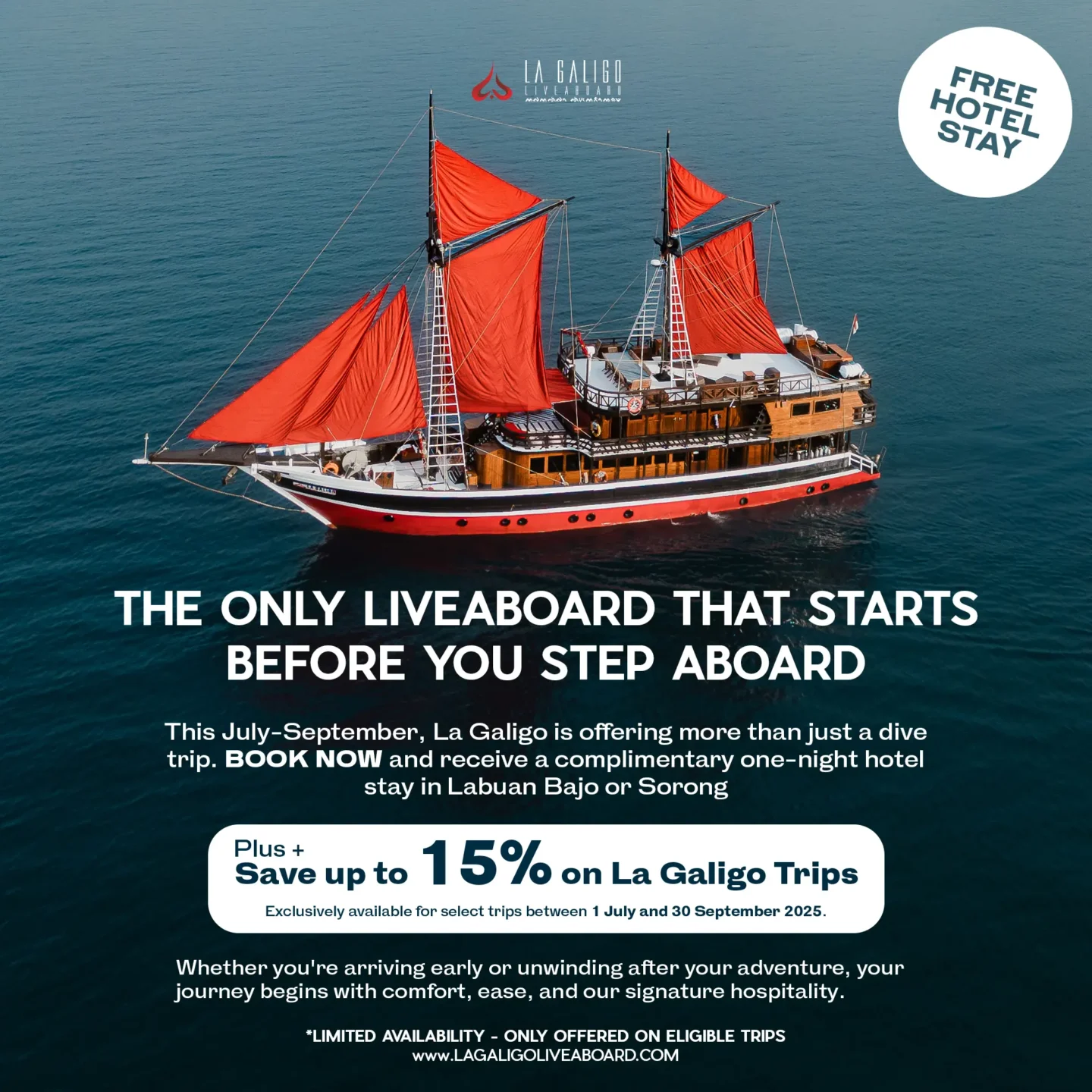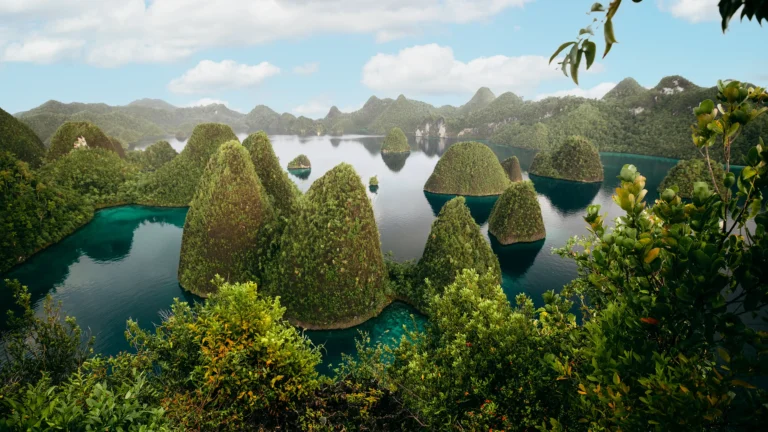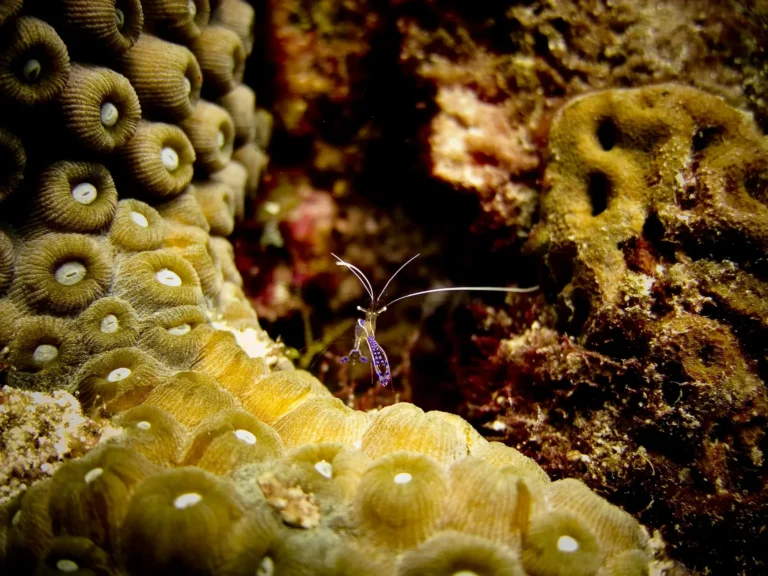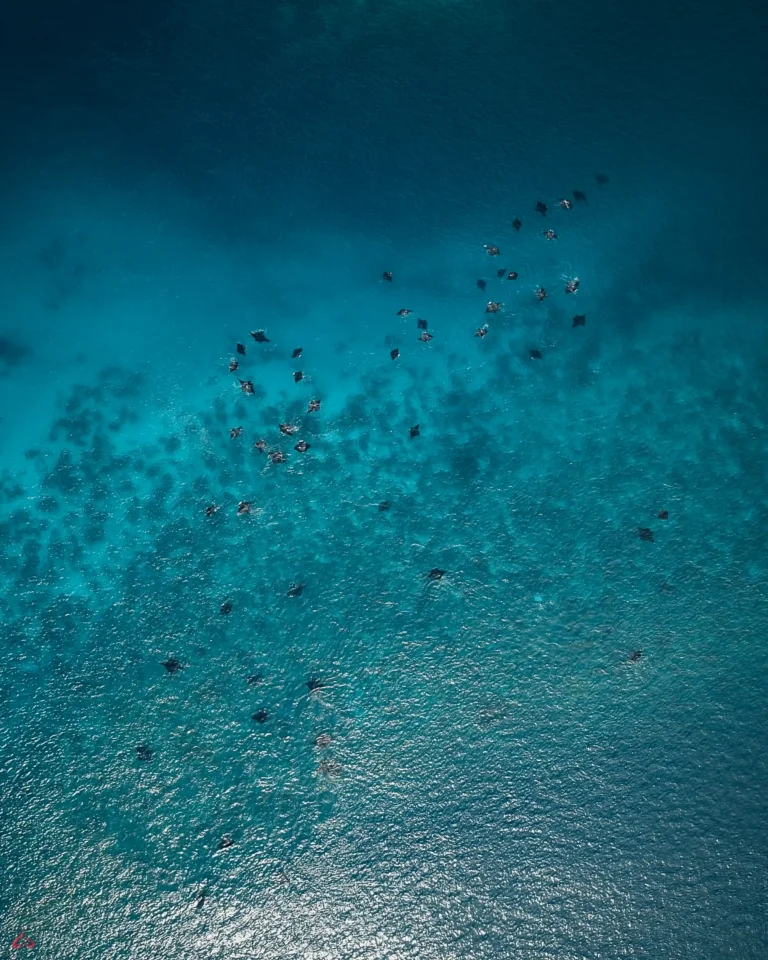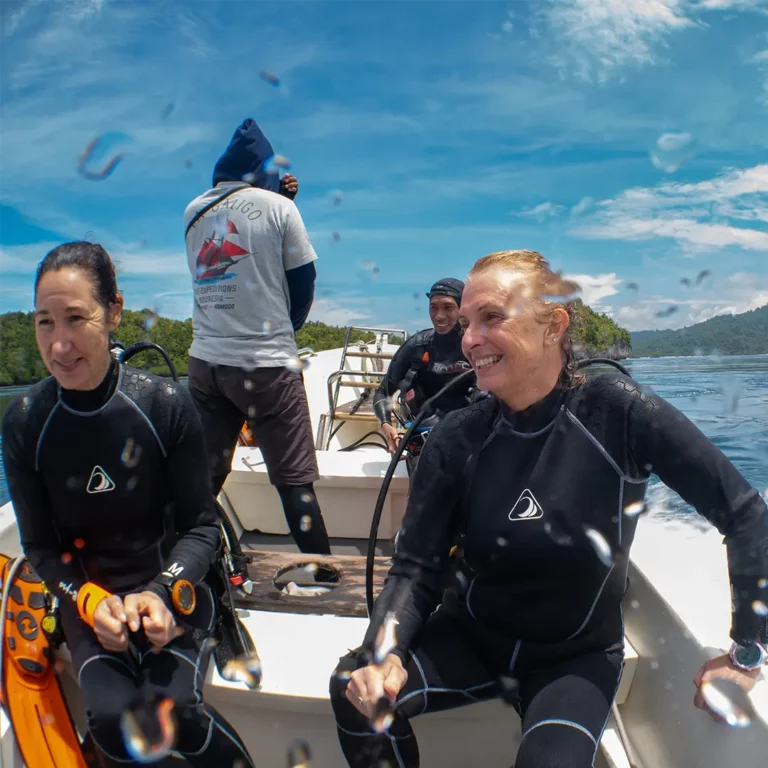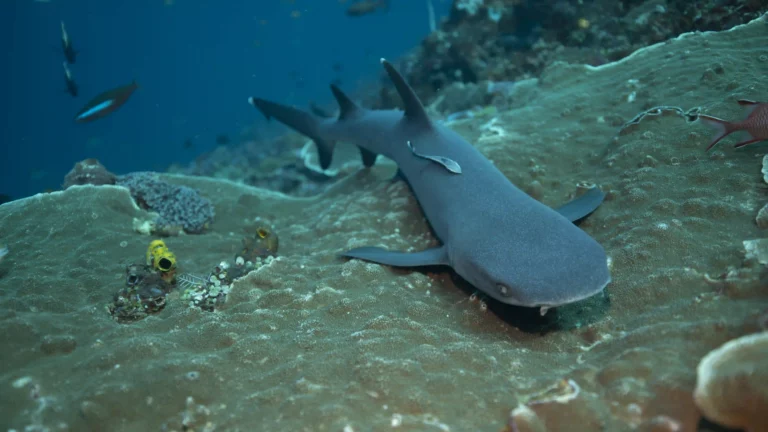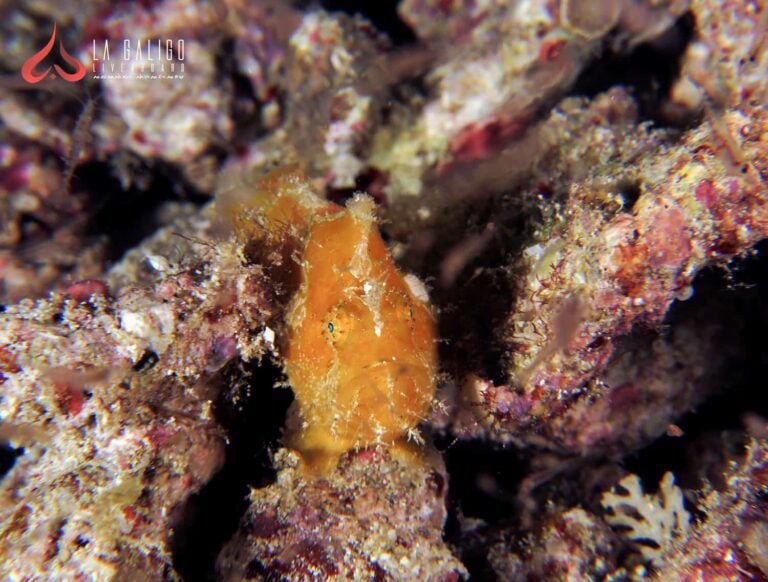So by now you have heard from all the podcasts, dive magazines, expo’s yada yada yada that Indonesia is the best dive destination in the world. And for good reason. You don’t get consistently voted best dive destination year in and year out without having the marine life to back it. And what’s on the top of the list for big stuff to see in Indonesia? Manta Rays!
Yep, they come in species variation of Reef Manta’s (around 5 meters) and Oceanic Mantas (around 7 meters) in the world’s largest archipelago nation. But then that raises the next question, with so many great dive destinations within Indonesia itself – where do you choose to see these graceful giants of the sea? Well we have nailed it down to the 2 best destinations and here in this blog we will give you the info on which place suits your needs best – Komodo or Raja Ampat. Let’s begin…

When do you want to go?
This is a big one so we think it deserves to be top of the list. While a few of us have the luxury of being able to take a vacation to go diving at any time of the year, most people out there have the time of the year restricted by certain factors. If you can only take holidays around quiet times at work, family commitments with kids, or any other factor – you need to find the right season for the right conditions in the place you can find Mantas. Here’s the most basic guideline;
Raja Ampat – Start of October to Start of May
Komodo – Start of May to Start of October
Pretty simple. Mantas can basically be found in both locations all year, but these are the optimal times to go for the weather. Outside of these months is the windy and rainy season in Raja Ampat. Getting on and off tenders in not comfortable due to wind and waves, visibility is reduced due to runoff from landmasses, and trying to relocate vast distances between north and south is a bit hairy because of bigger waves caused by the wind. The same generally theory applies to diving outside of these months in Komodo, but factors are driven a lot more by rain being their rainy season rather than the wind factors. Again have to stress that you can absolutely dive outside of these times and go Manta hunting, the comfort of the experience will just not be as enjoyable.

What style of diving do you enjoy?
So the next thing outside of when you can go (or maybe you are rolling in cash to travel anytime and live a commitment free life), is what style of diving best suits you. Again here is the most basic guideline for this one.
Raja Ampat – I don’t mind currents but I’m pretty partial to a laid back dive too
Komodo – I’m a white knuckled adrenalin junkie and I want to feel like I’m in a hurricane underwater
Ok I don’t want to scare anyone off. Komodo isn’t that bad, but you can see the point I’m trying to make for the type of diver that you are. Choose your destination based on what you like. Raja Ampat has some pretty chilled out places to see Manta’s like Manta Sandy and Dayang dive sites where you can literally just kneel in the sand and watch the Manta’s fly on past. As well as some sites that are a bit more current driven but most of the time not too bad like Manta Ridge, Black Rock, Eagle Rock, Magic Mountain (Shadow Reef), and a few others. Whereas most of the dive sites where you are going to see Mantas at in Komodo will have pretty pumping current like Manta Point, Manta Alley, Tatawa Besar, Mawan, Golden Passage and Banta Wall.
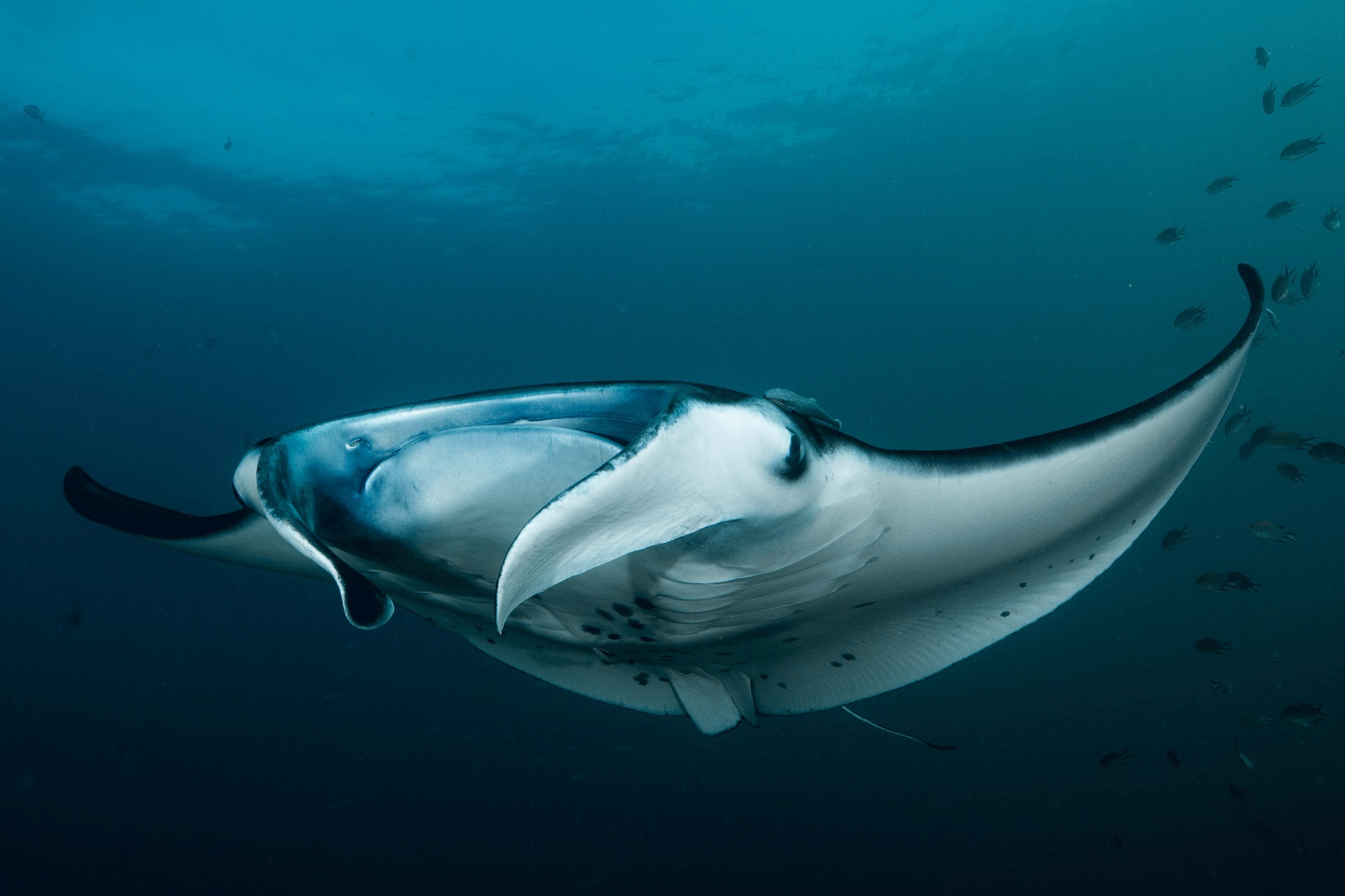
What do you want to see the Manta’s doing?
If you are going to either Raja Ampat or Komodo you are going to see Manta’s doing somethings that are the same but some that are different. In both spots you will find cleaning stations. These are your best chances of seeing Manta’s as they congregate here out of the blue to have parasites and dead skin cleaned off them by specialised cleaner fish (most commonly a species of wrasse). You will also see them feeding as they uncoil their large fleshy prongs either side of their mouths and guide the plankton and small animals towards them. All the good dive operators will know which sites have these activities and take you to them. But here is your guide to the two unique things for Mantas at each area:
ALSO READ : The Underwater World of the Komodo National Park
Raja Ampat – Has the worlds first confirmed Manta Ray Nursery
Komodo – Is where the Manta’s come to get jiggy with it and you can catch them in a mating train
Wayag Lagoon in the north of Raja Ampat is the first place in the world where enough research has been conducted to conclusively confirm that it is a nursery for newborn Manta Rays, and where they stay until they are strong enough to venture into the blue of the outside world. The study took place over a period of 8 years, and the results were just confirmed in 2022. Some individuals were observed to spend up to 1.7 years in the nursery, which consists of the lagoon itself and the open water just outside of it where feeding was observed. Some individuals where even detected with satellite tracking and acoustic tracking for 14 months continuously inside the lagoon. Komodo is the best place to witness the spectacle of a Manta Ray mating train. Truly a spectacle to watch, a line of male suiters chases behind a female Manta Ray to display their dominance of genes in an effort to be the one to mate with the female. Up to 30 males may follow a female around the reef as she darts around in the water. Persistence is the key and eventually the numbers diminish until the stronger males battle it out to be the last for mating rights. The gestation period after this mating is an astonishing 13 months long to just give birth to a single live pup, no wonder this species is threatened. And did you know that this birth process has never been recorded in the wild?
So really in the end if you sum up the time of year you want to go, the style of diving you enjoy, and what you want to see the Manta Rays doing, you can make your decision on Raja Ampat vs Komodo. Rest assured though both places are as fantastic as each other and if you loved one then you can always come back and do the other.

